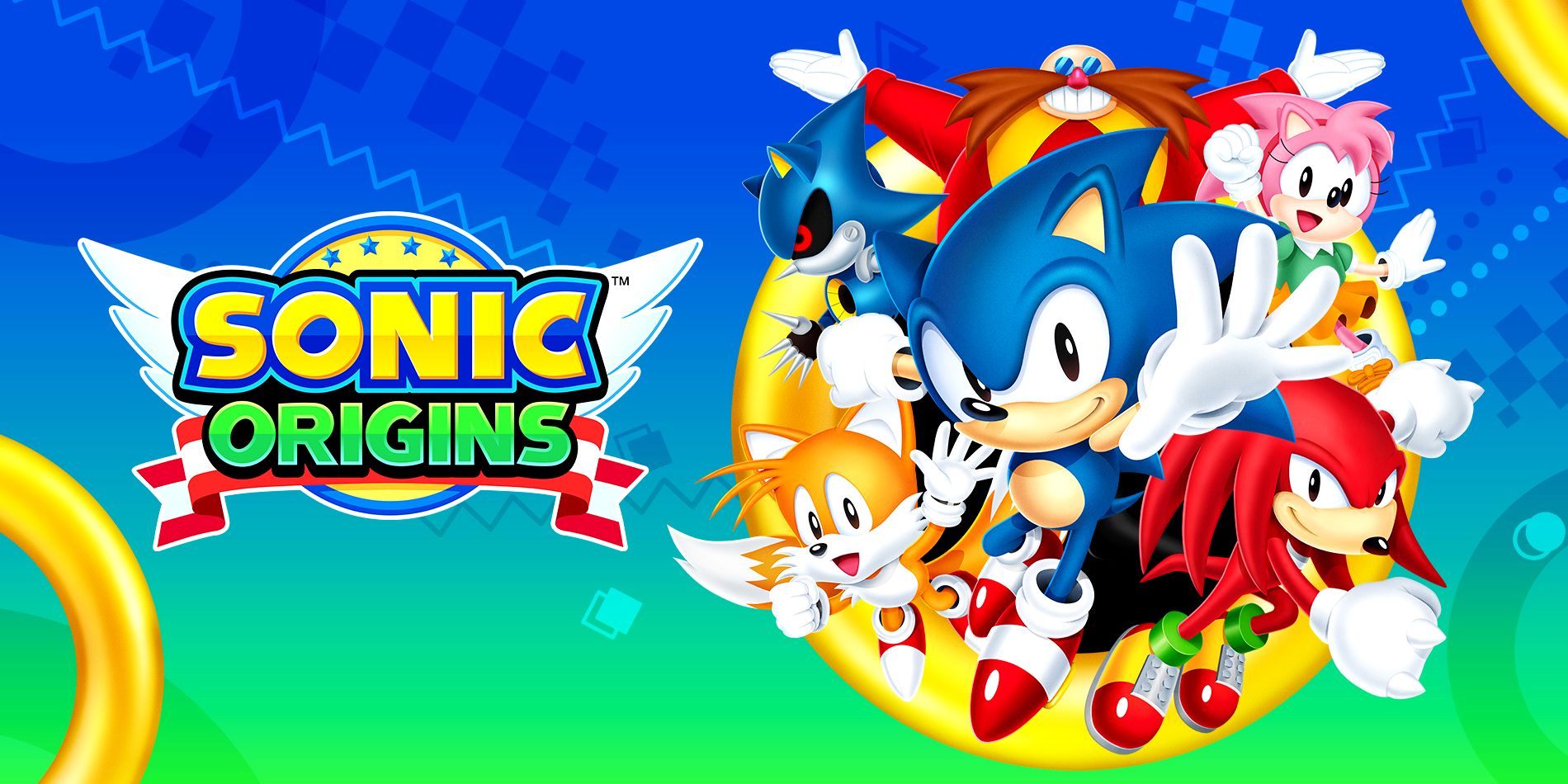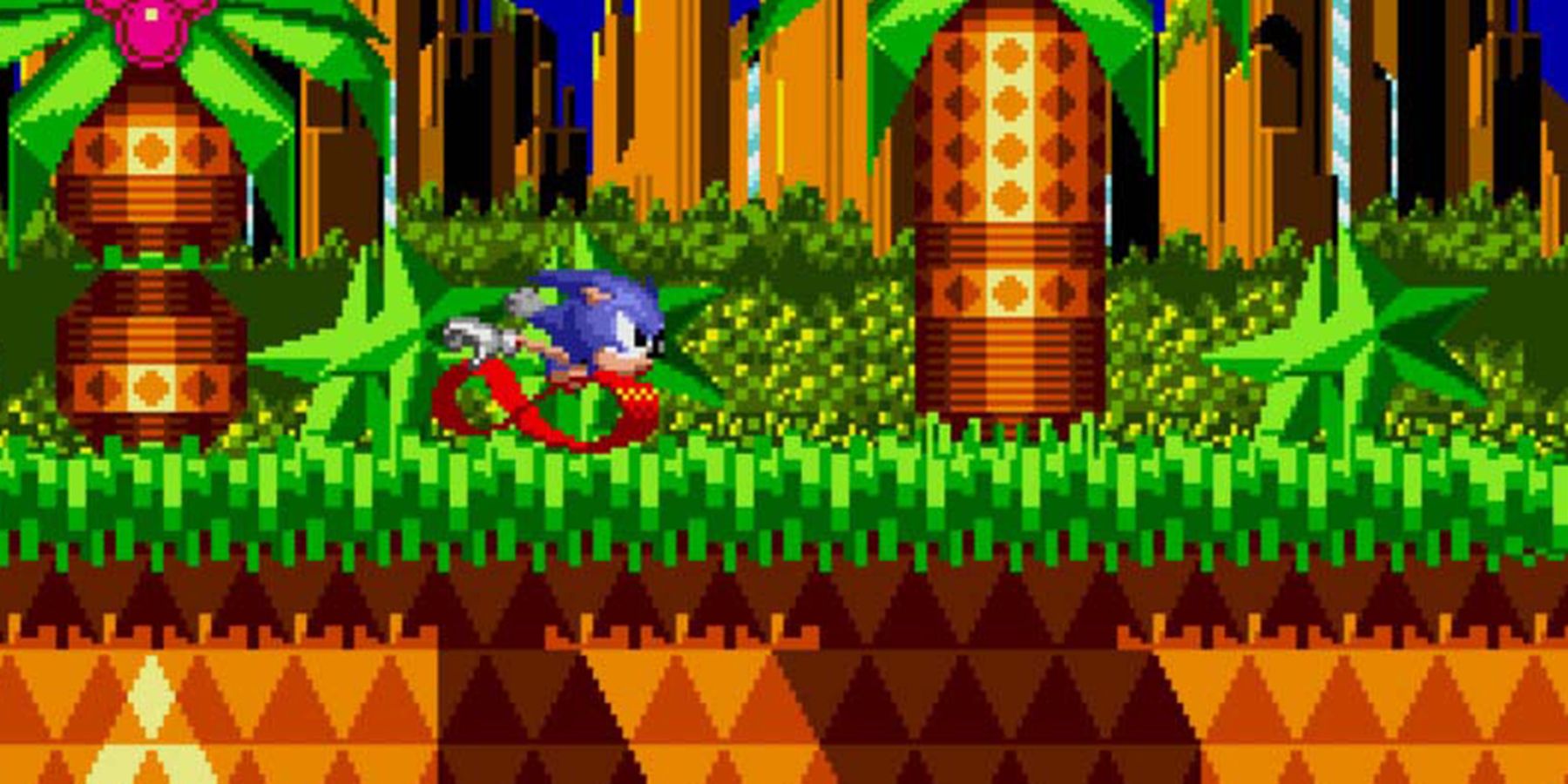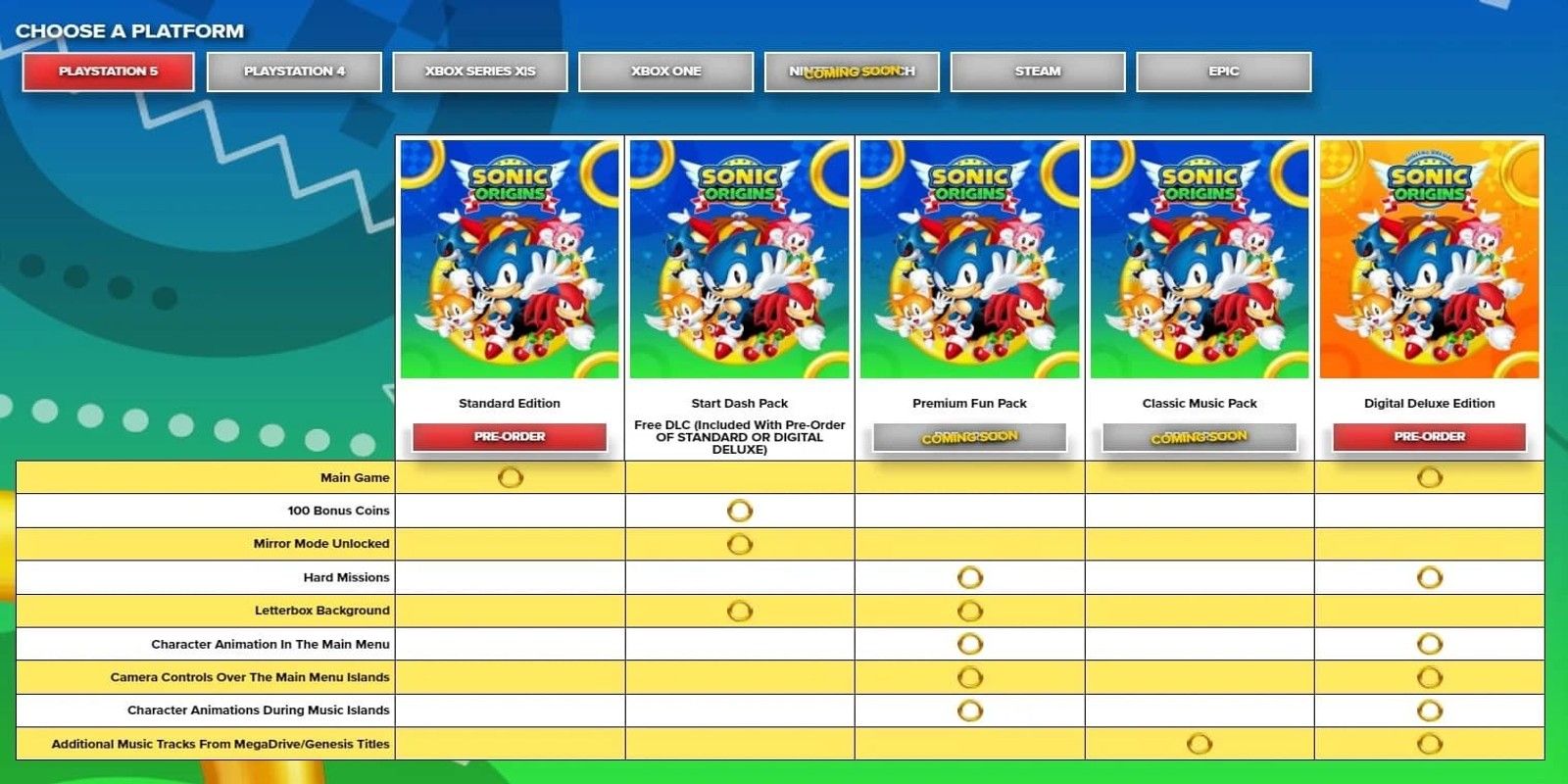The classic Sonic the Hedgehog titles are still considered some of, if not the best platforming games of all time. Introducing gamers to the Blue Blur, his pal Tails and the quick-tempered Knuckles, these games defined the 16-bit era, putting Nintendo and its pesky plumber on notice. There's one entry in the classic console Sonic games that's more debated than most, namely with regard to its place in the series canon.
Sonic CD was quite different from the other home console games in the series before it, namely due to its use of time travel as a gameplay mechanic. As a result, many gamers have feuded over when in the timeline it takes place. The upcoming Sonic Origins compilation has finally answered this booming question, and it makes a lot of sense given the development of Sonic CD.
Why Do Fans Argue Over When Sonic CD Takes Place?
Many fans state that Sonic CD must take place after the first Sonic the Hedgehog but before Sonic the Hedgehog 2. This is due to the absence of Tails and the concept of Super Sonic, though the latter has more to do with the lack of the Chaos Emeralds in the game. There's also the new location of Little Planet, which has never really been seen again other than through new versions of the Stardust Speedway stage in later games. Though this is a sound argument, it's somewhat debatable given the game's secondary villain: Metal Sonic. This robotic doppelgänger of the steadfast hedgehog is one of his most iconic foes, but he's not the only mechanical version of Sonic that Dr. Robotnik created.
The handheld version of Sonic the Hedgehog 2 introduced the metallic Silver Sonic, while the console version featured Mecha Sonic, who was much larger than Sonic himself. A new version of Mecha Sonic appeared in Sonic & Knuckles, which took place directly after Sonic the Hedgehog 3. This version, however, bore a much stronger resemblance to Metal Sonic, and consequently, to Sonic himself. The original version had a more simplistic appearance and thus came off like a prototype for Metal Sonic, with the second Mecha Sonic being a sort of fusion of the two. That's now confirmed to most likely not be the case, however, given when Sonic CD is confirmed to have happened.
Sonic CD Is the First Sequel to Sonic the Hedgehog
A menu image from Sonic Origins shows the classic five games in the chronological order of Sonic 1, Sonic CD, Sonic 2, Sonic 3 and Sonic & Knuckles. Thus, the debate has finally been settled, with Sonic CD being the first true sequel to Sonic's maiden voyage. Metal Sonic notwithstanding, this does make a lot of sense from a production standpoint. Sonic CD was built on the base of the original game, eschewing many of the mechanics that were introduced in the concurrently developed Sonic the Hedgehog 2. In fact, the time travel aspect of Sonic CD was meant to be used in Sonic 2, as seen in the design of levels such as Casino Night Zone and the dropped Wood Zone.
Being much more of an evolution of Sonic 1 than the other game that came afterward, Sonic CD is one of the most unique entries in the classic series. This is due to both the time travel aspects and other gameplay mechanics, such as Sonic's Super Peel Out move. The game also ends with a message stating, "See you next game!", accompanied by an image of none other than Tails. An artist for Sonic CD, who also worked on the second game, noted that this would make players think that it takes place before Sonic 2.
Now, Sega has seemingly confirmed that to be the case, putting fan debates to rest once and for all. Of course, this does beg the question of what happened to Amy Rose during the events of the proceeding three classic Sonic games, though it's unlikely that Sega will ever address this. Nevertheless, gamers who purchase Sonic Origins can now enjoy the classic series in its intended order, seeing how the franchise pulled off a sonic boom into another direction with its Sega CD title.



